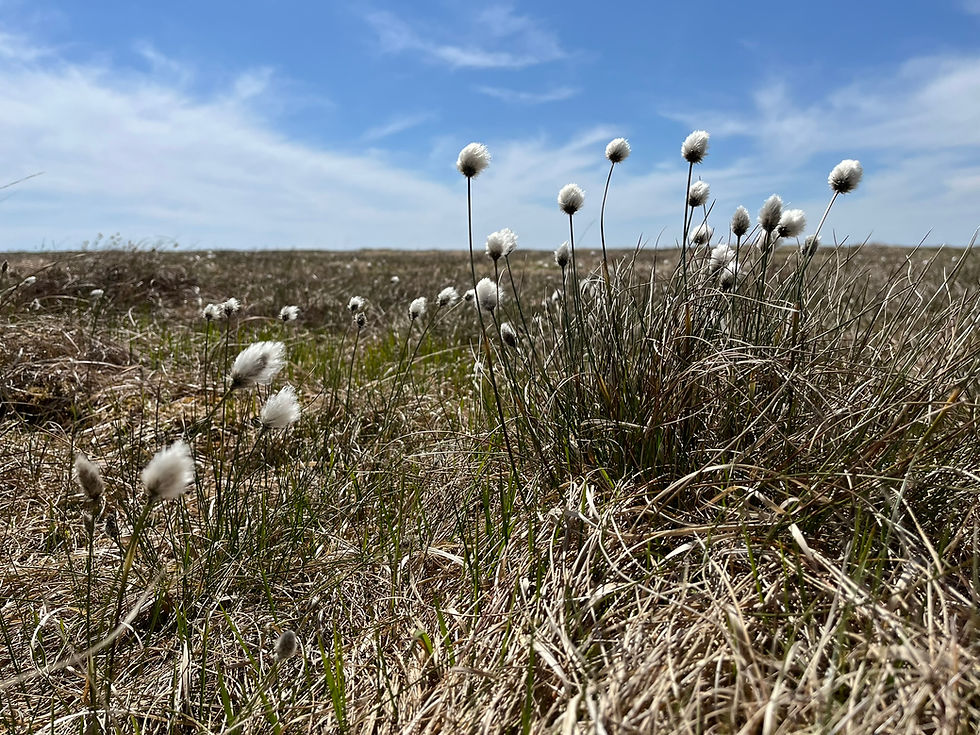PRESS RELEASE
Dartmoor Nature Alliance launches urgent new call to action for nature restoration.
Dartmoor, Devon, 13 November 2025: The Dartmoor Nature Alliance (DNA) has today launched a new “call to action” to urgently restore Dartmoor’s wildlife, landscapes, and natural systems.
Entitled Bringing Dartmoor Back to Life, the call for action sets out a bold and hopeful vision for restoring Dartmoor as one of Europe’s outstanding landscapes for wildlife and people.
DNA is calling for Dartmoor to be a place where nature is put first and made central to all decisions about how land is used, how land-based businesses can thrive, and how people can make a living here.
Harry Barton, chair of DNA, said, “Dartmoor could be one of the most impressive places for wildlife in Europe. Sadly, much of it is severely depleted.
“The good news is that, with a genuine commitment to restoring nature, supported by local communities and Government, this much-loved national park can become a vibrant landscape that is an inspiration for everyone, residents and visitors alike. For this to happen, we need courage and positive action from everyone - including farmers, politicians and government bodies - to ditch the damaging practices of the past and embrace a new way forward grounded in collaboration, openness and trust.”
Key Points at a Glance
DNA is calling for:
Millions of pounds to be invested over the next decade to urgently restore all of Dartmoor’s peatland in order to provide future climate resilience.
An end to the grazing of sheep in winter on Dartmoor’s commons to ensure the full recovery of all heathlands.
At least double broadleaved woodland tree cover in the National Park by 2042.
Clean up all 23 of Dartmoor’s rivers from source to sea, tackling pollution from sewage and agriculture.
End burning on peatlands of any depth
Restore and reintroduce keystone species, from curlew and lapwing to beaver, wildcat and white-tailed eagle.
A community voice for change
The Dartmoor Nature Alliance is a new collective of farmers, conservationists, commoners, and residents united by concern for the state of nature on Dartmoor. Over the past year, with support from the Devon Environment Foundation, DNA has held workshops and interviews with people across the moor to identify what must change if Dartmoor’s nature is to recover.
Their conclusion: Dartmoor deserves better - and it can be better.
Urgent Change
To make this happen, the call to action asks for:
Rapid reform to commons grazing legislation to ensure livestock grazing is undertaken at ecologically sustainable levels.
Strong duties on all public bodies to protect and restore nature. Proper funding for the National Park Authority, and strong support for Natural England and the Environment Agency, to help drive change and enforce nature laws.
Sufficient public funding for farmers who want to help restore nature, but no public funding for farm practices that are not nature positive in the National Park. The public must see actual results from their investment.
The involvement of many more people from all walks of life and backgrounds in making Dartmoor truly nature-positive.
A shared future
“Our vision is simple,” said Lisa Schneidau, core group member of Dartmoor Nature Alliance, “A living Dartmoor where healthy rivers, restored peatlands, and thriving wildlife sit at the heart of community life and rural livelihoods. This is a moment for courage and collaboration.”
The Alliance invites everyone who loves Dartmoor to read and support the Call to Action, adding their voices to the movement for change.
Get involved
The full Dartmoor Nature Alliance Manifesto and short summary are available at: https://www.dartmoornature.org.uk/call-to-action
Members of the public, landowners, and local organisations and individuals are invited to:
Support the call to action in DNA’s Bringing Dartmoor Back to Life
Support and join all those people on Dartmoor working for nature.
Take action in their local communities to make Dartmoor greener, wilder, and more resilient.









